
Andrew Kydd argues that R2P is not equal to regime change, which is technically true. However, in many, but not all, cases it is hard to see how one can ensure that the people of a country can be protected responsibly given the regime that exists. The problem here is a basic one for scholars of International Relations and of Politics in general: how do you get a dictator to commit to stopping their abuses of the population?
Aye, there’s the rub. It is hard enough for democracies to commit to protecting their civilians and sticking within the rule of law. The recent events in Turkey, the over-reaching by Bush and Obama administrations, and other examples show that even where institutions are seen as being quite important, and where the rule of law is quite stable and legitimate, governments can abuse their citizens. In authoritarian regimes, especially personalist ones where power lies in individuals and not institutions, leaders have a hard time binding themselves to a particular course of action, including not abusing their population.
Kydd is right that NATO took the R2P mandate from the UN for Libya, and ran it all the way to regime change. Talking to officers who participated in this effort is entertaining as they dip, dodge and duck the regime change label, as they “protected” civilians and used force on their behalf but “technically” did not side with rebels against the Libyan government. But given the start of the conflict and Qaddaffi’s previous behavior, it is not clear how Qaddaffi could have assured the world and, more importantly, the Libyans, that he would stop engaging in politicide. How do you flip the switch from being a dictator engaged in ruthless oppression to one that responsibly protects the population?
In the case of Syria, how would one apply R2P without getting rid of Assad? There are two parts to this, of course: (a) Assad would have to tie his hands and those of his repressive apparatus; and (b) his opponents would have to stop using violence as well. Otherwise, the cycle continues. One could argue that outside interveners could provide the credible guarantees (that would be PV@G editor Barbara Walter’s argument), but it is not clear that outsider interveners can credibly commit to thwacking either side of a conflict when the terms are violated.
Kydd points to the success of the NATO effort in Bosnia, as an R2P-ish (it was before R2P was fully enunciated) success — that NATO stopped the fighting without changing the regimes. The better example might be Kosovo. Kydd indicates this was not regime change because NATO did not get rid of Milosevic. Well, sort of. By facilitating the secession of Kosovo, de facto long before de jure, NATO did change who governed that territory. Milosevic had proved to be unreliable and unconstrained when it came to using force against the people of Kosovo, so NATO ultimately changed the regime of that territory, leaving Milosevic in place for the rest of Serbia.
To be clear, I am not an advocate of intervention in Syria, nor am I an R2P advocate (nor a neo-con). There are many good and bad reasons to intervene in Syria, and many good and bad reasons not to intervene in Syria. But if one wants to buy into responsibility to protect, it is hard to see how any outcome that would leave Assad in place could fit into the category of responsibly protecting. Why? Because I cannot imagine a political solution, a negotiation, that would bind Assad credibly unless Assad were to accept permanent occupation by NATO troops as peace enforcers. Given austerity and all that, Assad’s credibility is not the only missing ingredient, but it is a key one. Until someone figures out a way for rulers in authoritarian regimes to make credible commitments, the line between R2P and regime change will remain mighty fuzzy.

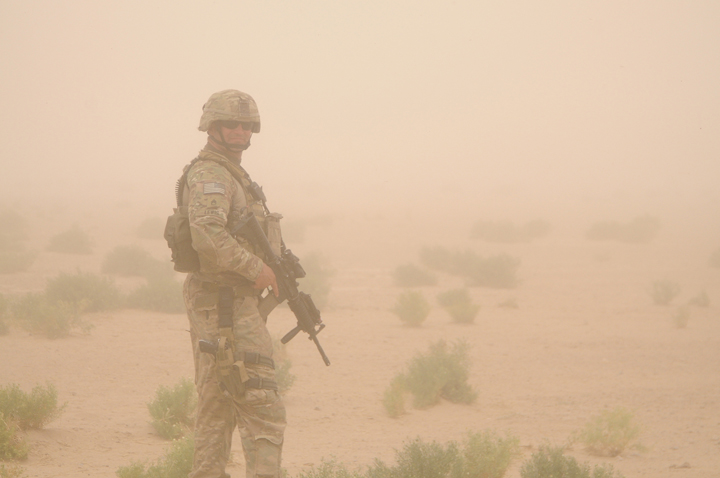
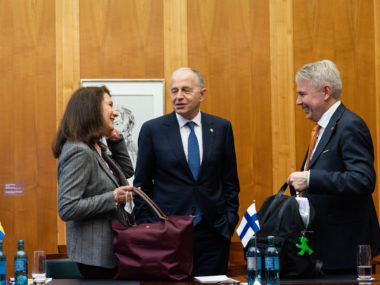
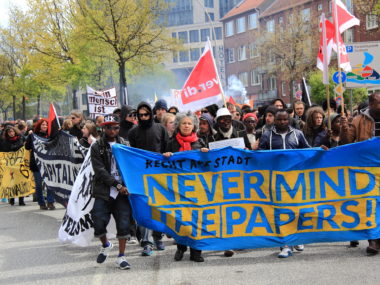
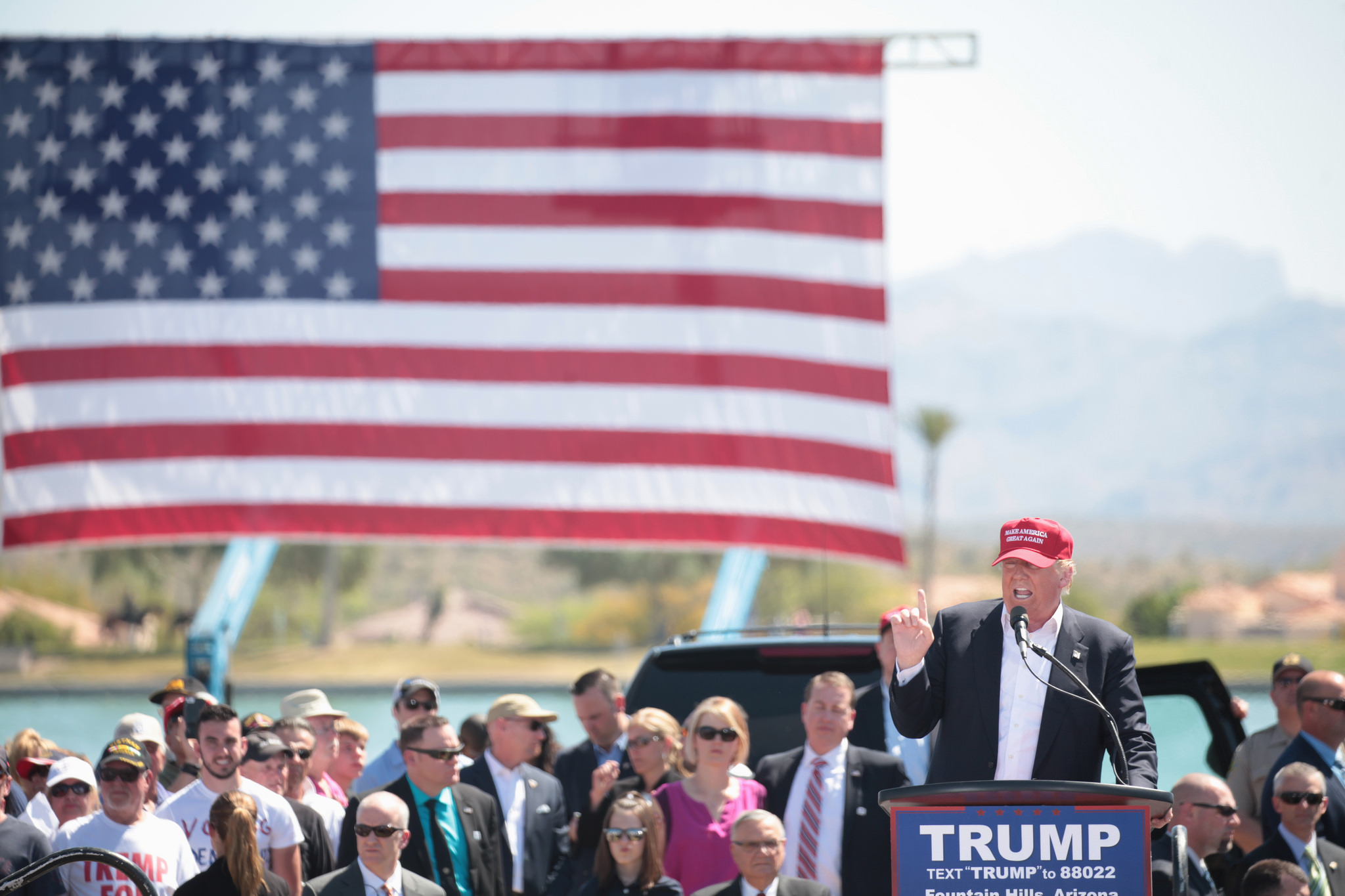

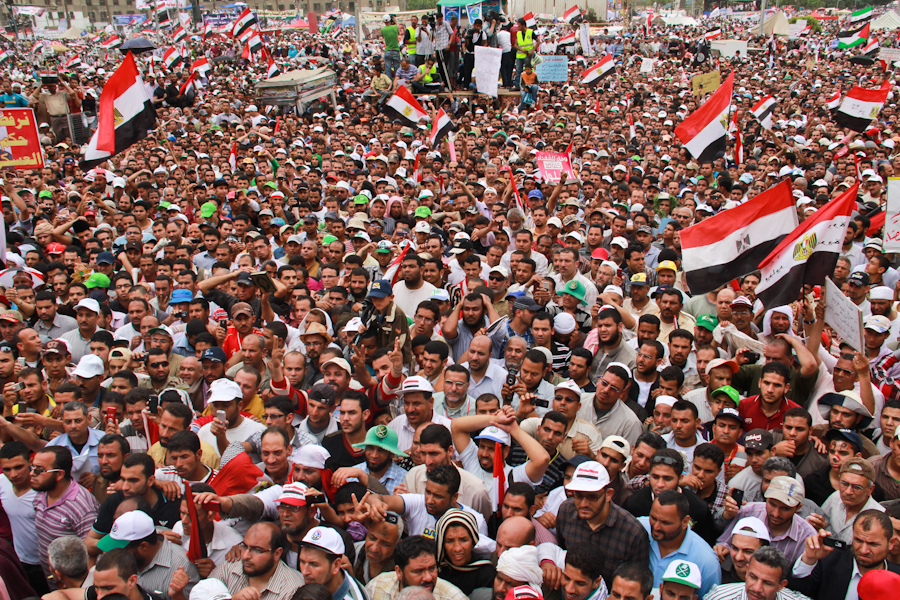

4 comments
Steve,
I was going to go all fancy with math symbols, but they weren’t looking good so I will confine myself to words. I would say regime change is neither sufficient nor necessary for R2P. It is not sufficient because plenty of regimes are replaced by similar or worse ones, witness the Shah giving way to the Ayatollah. It is not necessary because many regimes kill civilians sometimes and not other times. If the killing is strategic, not valued for its own sake, then it will presumably be responsive to changes in the strategic setting, and can be switched off if the conditions mandate it.
My main critique of your argument is that you seem to be equating R2P with a CREDIBLE COMMITMENT to stop killing civilians. As you point out, Assad and his ilk cannot deliver such credible commitments, only well entrenched democracies with the rule of law and checks on executive authority can. Of course, there are many reasons to like well entrenched democracies with ROLACOEA. However, for many countries, that is a long way off, and in many civil wars neither side is particularly interested in establishing one. That means that in many situations, a credible commitment to stop killing civilians is unobtainable no matter who wins.
However, that doesn’t mean that civilians cannot be saved. Strategically motivated actors will refrain from targeting civilians if they think it is in their interests. The challenge of crafting an effective R2P policy is to present the protagonists in civil wars with strategic incentives to fight “cleanly.” This implies a policy that is much more nuanced and responsive to events than the present one. Each side needs to be punished for committing atrocities in a way that negates the strategic benefits of the atrocities to the perpetrator. Rebels such as those in Syria are extremely dependent on outside support. This can be held up or suspended in response to rebel massacres. Regimes like Assad’s are similarly dependent on outside support, and also value easily targetable military vehicles, like attack helicopters, tanks, etc. These need to be targeted in response to massacres in nearly real time, within a week of the event, so that the message is driven home. If you think indiscriminate shelling of enemy held towns will help you win, think again because it will cost you in real, immediate, practical and military terms when the hardware you used to do it is destroyed from the air.
Of course, there are many difficulties with a policy like what I am suggesting. We don’t declare good guys and bad guys and fight until the good guys defeat the bad guys. It could seem open ended, as indeed it would be, as long as the parties were unable to negotiate a settlement. However, if the deterrent threat could be made credible in a few early strikes it might not need to be reinforced too many times, so the actual cost could be limited. It upends the usual paradigm of intervention where we choose a side, first help them financially, then with arms, and only as a last resort with US military power. US military power would have to be employed from the outset, as soon as any massacres have been committed. However, it would be a strictly limited use of power, solely from the air, and limited to punishing specific events on the ground.
Andy